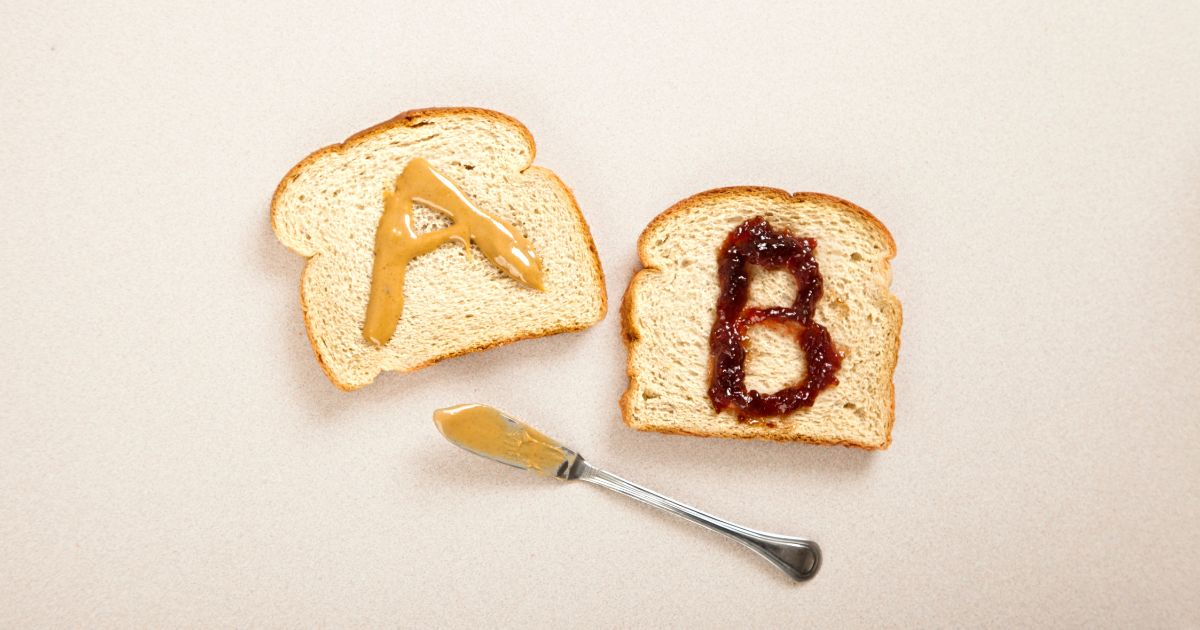Advertisers spend Billions of dollars each year to run ads on Facebook, Instagram, and TikTok. They compete for potential customers’ attention, try to convince them to click on their ads and acquire them as new customers.
A/B testing, also called split testing, is a central approach by which marketers can improve their ads’ performance.
In this article, I’ll explain the importance of A/B testing in social media, and give examples.
Why A/B Testing in Facebook Ads is Crucial
Facebook charges advertisers on a CPM basis (Cost Per Mille), i.e. per 1000 ad impressions. The CPM fluctuates according to seasonality, niche, and competition, but it’s also affected by your ad creatives.
CPM-based ads mean that for advertisers to get traffic to their websites at an affordable cost, their ads must have a good click-through rate (CTR).
A good ad needs to catch users’ attention, make them stop scrolling, and click to learn more details about the advertised product.
A/B testing is the structured process of testing different ad elements and creatives, to identify the ones that work best, and gradually create better ads.
The more you test, the better CTR your ads (and hopefully sales) will get. A better CTR will lead to lower CPCs and CAC and improved profitability.
Choosing A/B Testing Elements
Here are just some of the things you can A/B test on Facebook ads:
- Ad format: videos, images, carousels, collection ads, etc.
- Creative: e.g. testing different videos against each other
- Audience: broad targeting vs. interest-based targeting vs. lookalikes
- Demographics: gender, age, and geography
- Ad copy: short vs. long copy, highlighting different angles and benefits
- Call-To-Action: e.g. ‘shop now’ vs. ‘learn more’
- Landing page: sending traffic to your homepage, collection, or product page
- Products: shirts vs. pants, best sellers vs. new products
- Placement: Facebook vs. Instagram, feeds vs. stories
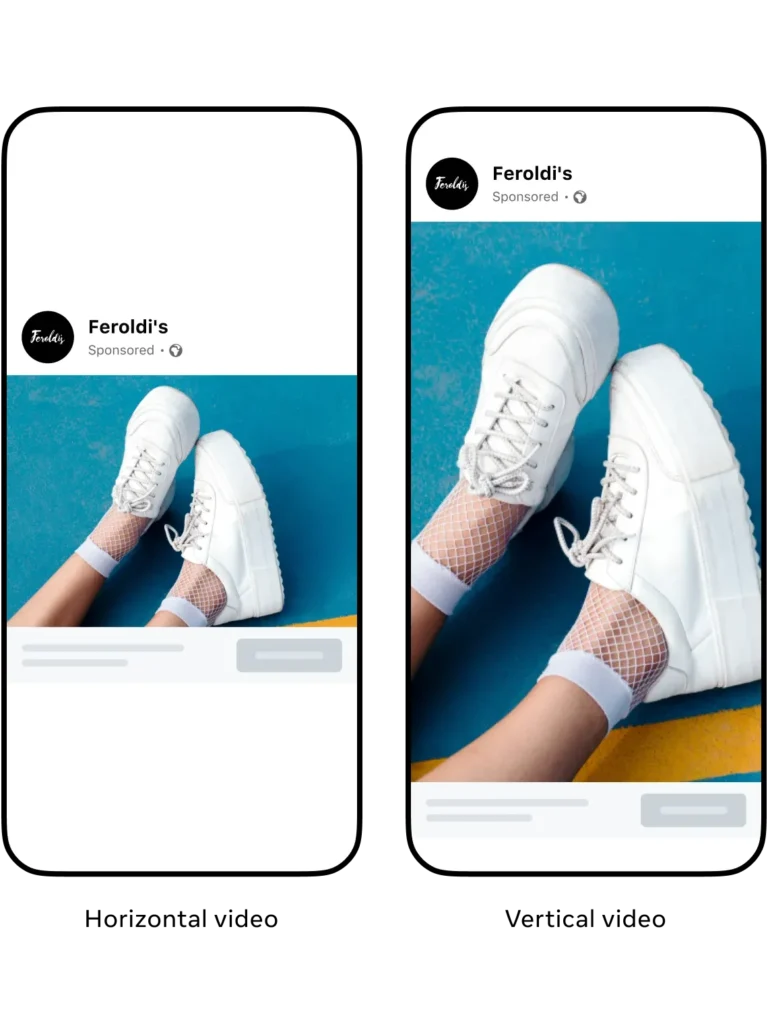
From my experience, the ad format and creatives are the most important things to test. What your ads look like, and how engaging they are, would have the biggest impact on winning the attention of potential customers.
While audiences played a bigger role in the past, they’ve become less important. Following privacy-related changes to Facebook’s algorithm, many advertisers found that broad targeting works best for them.
Setting Up A/B Tests in Facebook Ads
Here are some overall steps for a successful A/B test:
- Define your test element – only test one variable at a time!
- Develop your hypothesis – what results would you expect from your test?
- Define your main KPI – how would you decide which ad is the winner? E.g. CTR, CPC, or CPA?
- Set up your test
- Wait for it to gather enough data – the more budget you have, the faster you should be able to identify a winner
- Analyze the test results – did they meet your hypothesis? Can you explain them?
- Plan your next test
Make sure to plan your tests in such a way that you’ll be able to draw conclusions from each test and continuously improve your results. Example – run 2 identical images with a different overlay copy, each highlighting a different product benefit.
How To Split Your Test
Depending on the nature of your test and the amount of data you have, there are several ways to run split tests on Facebook and Instagram.
A/B Test Different Audiences or Placements
If you’d like to test different audiences or placements, you should set up similar ads in separate ad sets. Make sure you assign similar budgets per ad set. If you use campaign budget optimization (CBO) one ad set might spend significantly more than the other.
A/B Test Different Ad Formats
Not all ad formats can run in all campaigns. To test feed-based ads such as DPA (Dynamic Product Ads) vs. collection ads, it’s recommended to run them from a ‘catalog sales’ campaign type.
The different formats of DPA – carousel, collection, or single image – should be defined on the ad level.
If you’d like to test DPA vs. image or video ads, it’s best to set up 2 campaigns that will run in parallel. One ‘catalog sales’ campaign, and one ‘conversions’ campaign.
A/B Test Different Ad Creatives
To test different ad creatives, e.g. video vs. image or 3 images against each other, it’s best to test them in a single ad set. Make sure not to test more than 5 ads together (per ad set), or the data might stretch too thin across all variations.
Note that you should also consider the overall performance of an ad compared to your benchmark (e.g. 1% CTR), and not only against other ad variations.
You can get inspiration to plan your A/B tests in Facebook’s Ad Library. Simply type in the brand you’re interested in and select the relevant country to see what ads they are currently running.
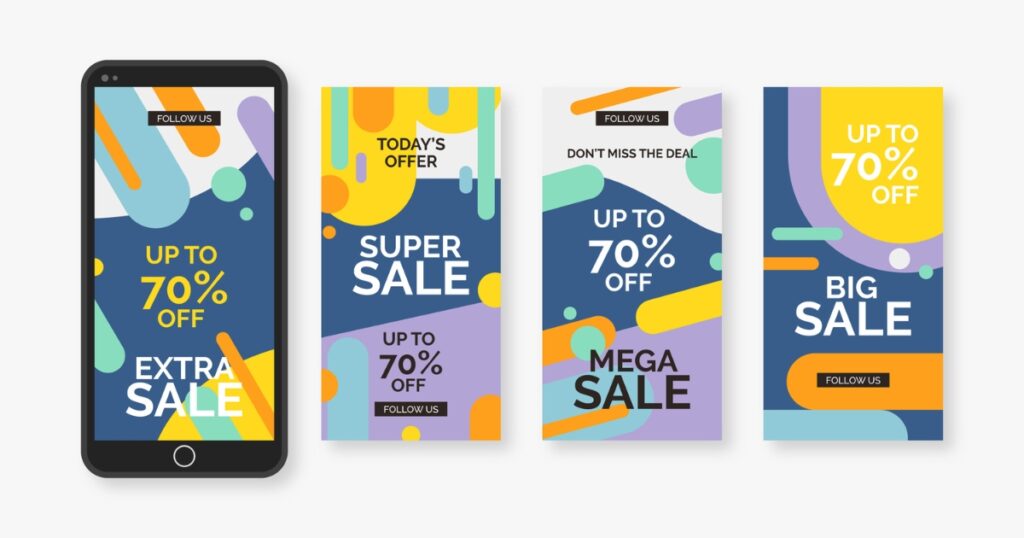
Split Ads by Time or Location
If you have a limited budget, it’s better to test your ads one after the other. For example – you’ll run 1 variation of your ad for 2 weeks, and then a 2nd version for a similar amount of time.
The main problem with this approach is how long it takes to conclude the test.
The other option is to split your test by location. For example, you’ll set up one ad to target Illinois (population of 12.7 Million as of 2022), and another to target Ohio (11.8 Million).
While this approach is faster, it suffers from two main issues: The assumption that the Illinois and Ohio audiences are similar enough; and splitting the data between two ad sets.
The latter shouldn’t be a problem if your budget is big enough to win 50 conversions per week, per ad set.
How To Incorporate A/B Testing Into Your Ad Account
Many digital marketers use the 80/20 rule when it comes to testing. This means you use 80% of the budget for your proven ads, and 20% to test new ones.
To do this, Facebook advertisers set up one evergreen campaign and one for testing. When a new ad shows promising results in the test, they copy it into their evergreen campaign.
Remember, your overall goal is to increase CTR continuously. This should decrease CPC and CPA, and improve your brand’s profitability.
Common A/B Testing Mistakes To Avoid
Here are some common mistakes to avoid when A/B testing:
- Changing more than one element at a time
- Making changes to the campaign, ad set or ad during the test
- Pausing the test before collecting enough data (unless performance is really bad)
- Making decisions based on the wrong KPI – I’d usually focus on CPA. A good CTR and a low CPC are great but aren’t worth much if they don’t lead to sales
- Not having an A/B testing roadmap to define the elements to be tested and their priority.
Examples of Ab Tests
Here are two examples of A/B tests I found on Facebook and Instagram:
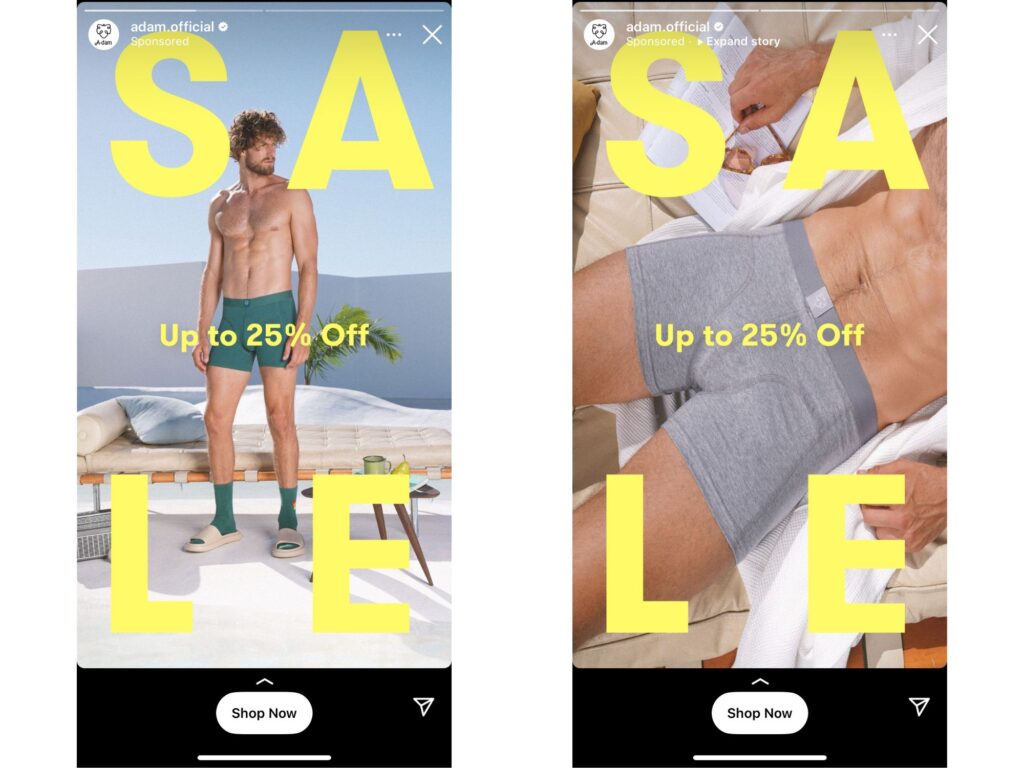
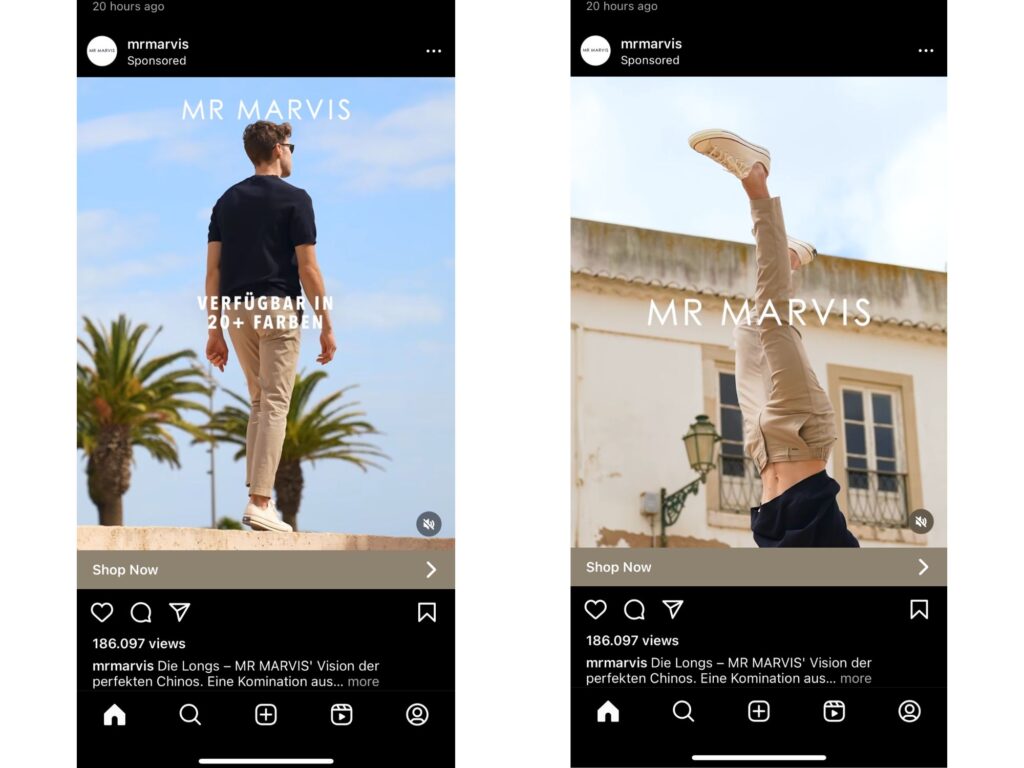
Conclusion
A/B testing is an essential tactic digital marketers use to improve the performance of their social media ads.
By testing different ad formats and creatives methodically marketers can identify what resonates with their target audience. This leads to a continuous improvement in CTR, CPC, and CPA.
When you start A/B testing in your ad account, make sure to prioritize the different hypotheses you’d like to test.
Ongoing testing of different creatives is super important to avoid ad fatigue and identify new angles and opportunities.
Further Reading
- How To Use Facebook Ads To Get Instagram Followers in 2023
- How Long Does It Take For Facebook Ads To Optimize?
- Digital Marketing Insights From Managing Campaigns for 20 Online Shops
- Google Ads vs. Facebook Ads For Ecommerce: Which Advertising Platform Is Better For Your Business?
- What Is Conversion Rate (CVR) And How to Improve It

